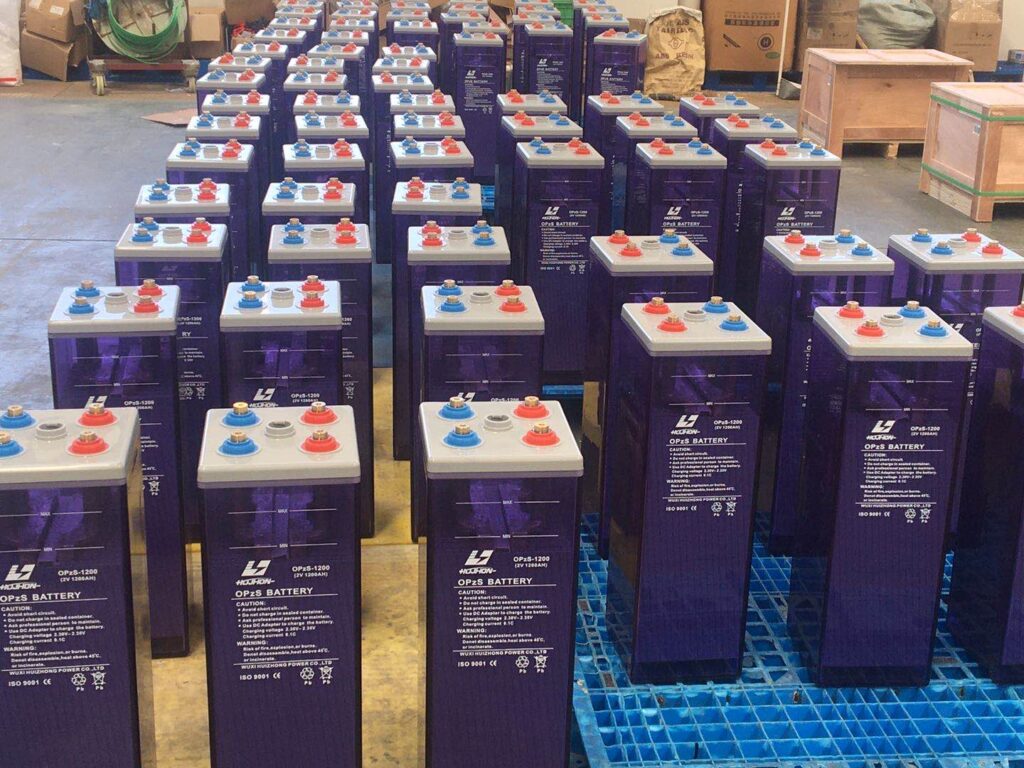The internal resistance of lead-acid batteries can be influenced by various factors, which include:
- State of Charge (SoC):
- High SoC: At high states of charge, the internal resistance is usually lower.
- Low SoC: As the battery discharges, the internal resistance tends to increase.
- Temperature:
- High Temperatures: Generally, higher temperatures decrease internal resistance.
- Low Temperatures: Lower temperatures increase internal resistance, as the electrolyte becomes more viscous and the chemical reactions slow down.
- Age and Usage:
- Aging: As the battery ages, the internal resistance typically increases due to the degradation of active materials and the buildup of lead sulfate.
- Cycling: Frequent cycling (charging and discharging) can lead to increased internal resistance over time.
- Electrolyte Concentration:
- High Concentration: Higher concentration of sulfuric acid can lower internal resistance, up to an optimal point.
- Low Concentration: Diluted electrolyte increases internal resistance.
- Battery Design:
- Plate Thickness: Thicker plates can reduce internal resistance but may affect other performance characteristics.
- Separator Material: The type and quality of separator material can influence the internal resistance.
- Maintenance and Care:
- Proper Maintenance: Regular maintenance, such as topping up electrolyte levels and ensuring clean terminals, can help keep internal resistance low.
- Poor Maintenance: Neglecting maintenance can lead to increased internal resistance due to factors like corrosion and sulfation.
- Manufacturing Quality:
- High-Quality Construction: Batteries made with high-quality materials and processes tend to have lower internal resistance.
- Defects and Impurities: Manufacturing defects or impurities in the materials can increase internal resistance.
- State of Health (SoH):
- Healthy Battery: A battery in good health will have lower internal resistance.
- Degraded Battery: Degradation mechanisms such as sulfation, corrosion, and shedding of active material can increase internal resistance.
By understanding and managing these factors, the performance and longevity of lead-acid batteries can be optimized.


